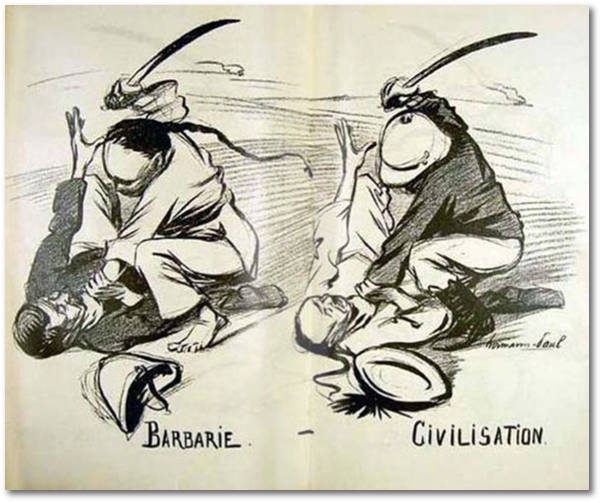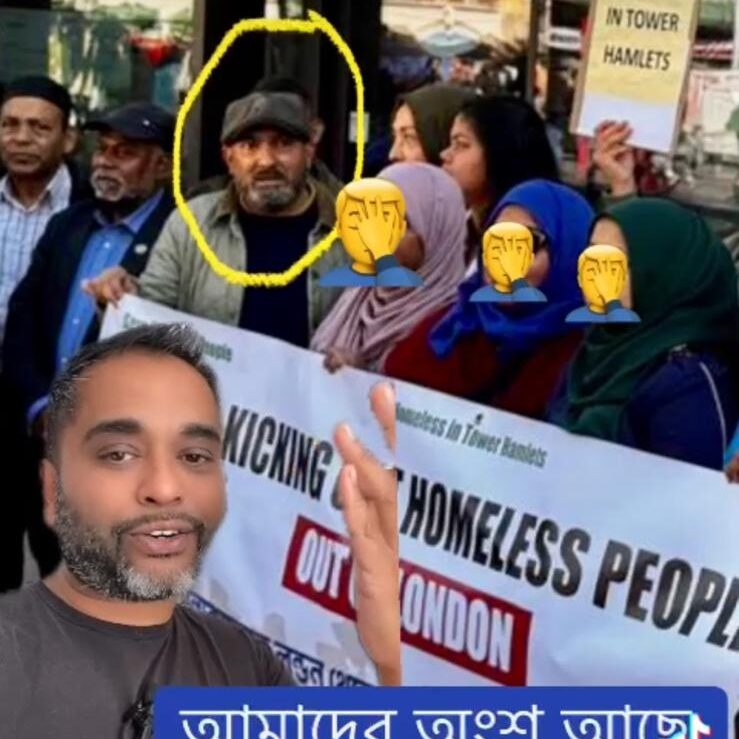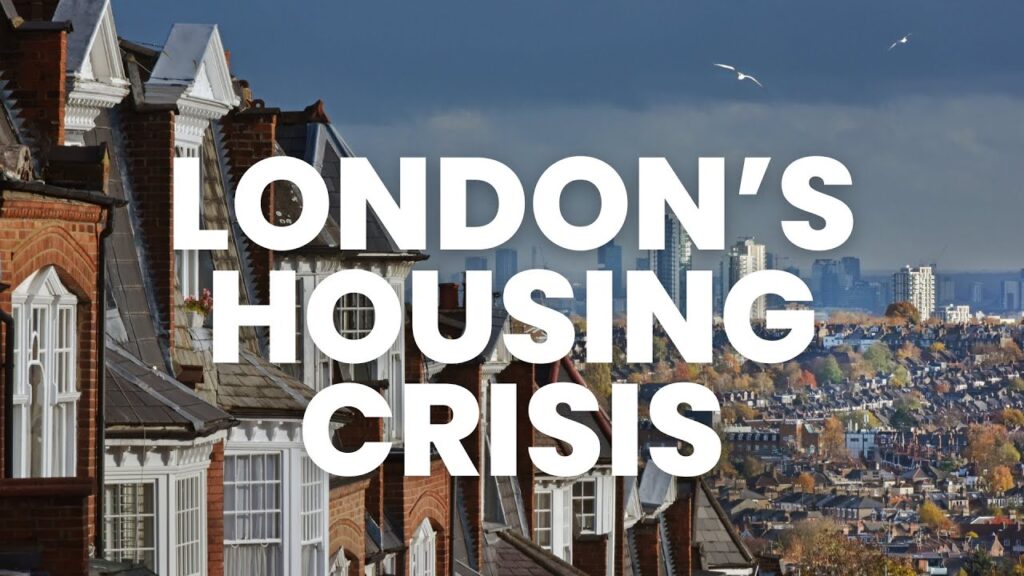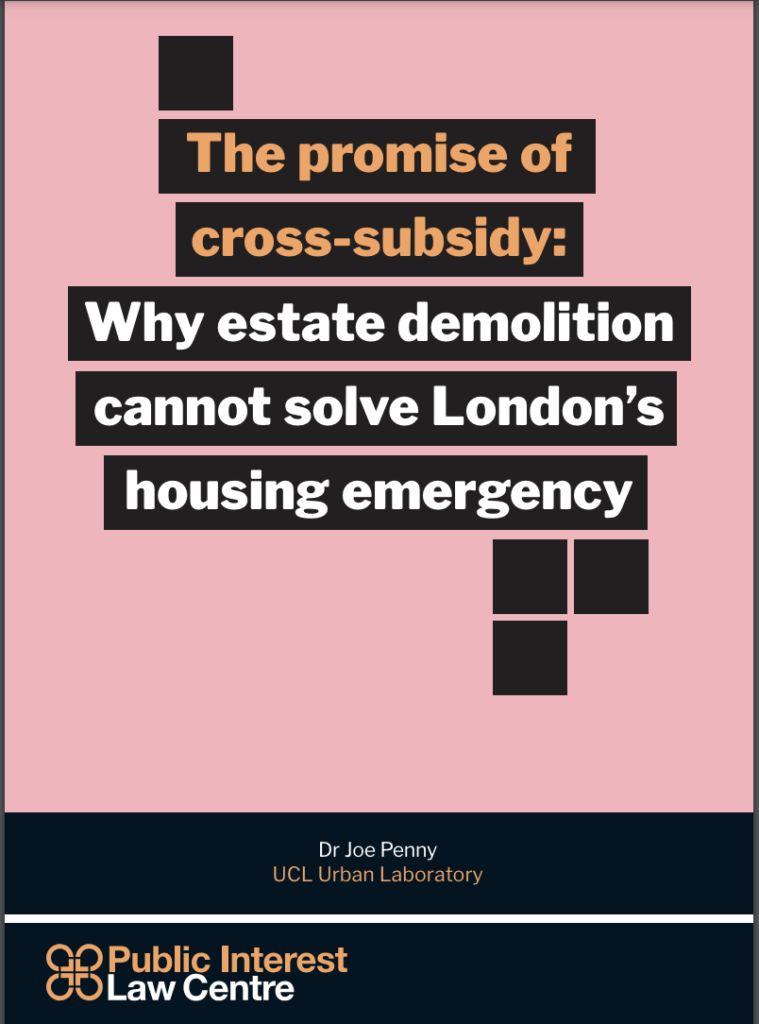A deep dive into pressures behind the housing crisis in Tower Hamlets. Attempting to answer the question of who is to blame?
A recurring nightmare in Tower Hamlets Labour: Introducing the Bangladeshi Bogeyman.

Old habits die hard, and for the Tower Hamlets Labour Party, the tendency to blame a Bangladeshi scapegoat for every problem seems to be one such entrenched habit. This pattern of scapegoating has shifted over time, targeting different individuals but maintaining its underlying prejudice.
During my early involvement with the local Labour Party, Helal Abbas was the primary target. The blame game reached absurd levels – when a party member accidentally fell down stairs and sprained their ankle before a crucial internal vote, even this was attributed to Abbas. “Ita Abbase khoraise” (Abbas did this) became a common refrain.
By 2018, the narrative evolved to Puru. When protests erupted over Poplar Harca’s redevelopment plans for Chrisp Street Market, blame was swiftly assigned to me.” One senior Labour activist went so far as to claim, “This is all Puru. He is evil at heart, but I pray daily for his salvation.”
As my tenure as a Labour Councillor progressed, I found myself becoming the new unitary scapegoat, everything that went wrong was swiftly assigned to me. Increasingly, I was accused of being the mastermind behind Aspire’s resurgence, even being labelled their ‘strategic advisor.’ The situation became so ludicrous that I was regularly questioned about Aspire’s internal affairs, to which I could only respond with bewilderment. This culminated in a surreal late-night encounter when a senior Labour member, turned up at my doorstep and asked me to relay a message to Lutfur Rahman. Upon my bewilderment, he vanished into the night, never to speak to me again.
Now, it seems we’ve come full circle, reverting to pre-2015 tactics. The current Mayor, Lutfur Rahman, has become the catch-all scapegoat for any perceived negatives. “Ita Lutfure khoraise” (Lutfur did this) echoes through party circles, demonstrating that while the targets may change, the underlying pattern of racist scapegoating remains disturbingly consistent.
Comes now, to search your manhood
Through all the thankless years,
Cold, edged with dear-bought wisdom,
The judgment of your peers!Rudyard Kipling
This persistent habit of finding a Bangladeshi figure to blame not only reveals a troubling bias within the party but also distracts from addressing real issues facing Tower Hamlets. It’s a practice that undermines the principles of fairness and inclusivity that politics in Tower Hamlets should stand for. Reaching the bizarre crescendo of the past few weeks, that somehow Mayor Lutfur Rahman is behind the housing crisis that besets most residents in Tower Hamlets.

#BlamingLutfur: Is Lutfur behind the housing crisis in Tower Hamlets?

Local social media in Tower Hamlets has recently been abuzz with controversy surrounding the placement of homeless residents in temporary accommodation far from the borough. Labour activists have been vocal in their criticism of Mayor Lutfur Rahman’s administration, even staging a small protest in front of the Town Hall.
At the heart of the issue is the decision/no decision to house some homeless families in temporary accommodations over 90 minutes away from Tower Hamlets. But what exactly constitutes temporary housing?
UK legislation, specifically the Housing Act 1996 and the Homelessness Reduction Act 2017, defines temporary housing as short-term accommodation provided by local councils to those who are homeless or at risk of homelessness. Local authorities have a legal obligation to house eligible individuals who fall under priority need categories, such as families with children, pregnant women, or vulnerable people.
These temporary accommodations can take various forms, including bed and breakfasts, hostels, or private rentals, and are meant to meet the specific needs of each household. While intended as a stopgap measure until permanent housing becomes available, there’s no set time limit for how long someone might remain in temporary housing. Given this context, the question arises: Is Mayor Lutfur Rahman truly responsible for the housing crisis affecting Tower Hamlets residents? Or, as some might ask in colloquial Sylheti, “Hasa, Lutfure khoraise ni?” (So, is it really Lutfur’s doing?)

To answer the question, we need to do a brief deep dive into the London Housing Crisis.
A Brief Introduction to the Housing Crisis Facing Tower Hamlets Residents

The rental market in London is experiencing significant upward pressure due to a complex interplay of factors. As one of the world’s most expensive cities for housing, London faces a perfect storm of high demand and limited supply. The city’s population continues to grow, attracted by job opportunities, education, and lifestyle, while new housing development lags behind due to space constraints, strict regulations, and high construction costs. This imbalance is further exacerbated by a decrease in rental stock as some landlords exit the market.
Economic factors also play a crucial role. Rising interest rates have increased mortgage costs for landlords, who often pass these expenses on to tenants. General inflation has driven up property maintenance and utility costs, further contributing to rent increases. Additionally, government policies such as higher taxes on buy-to-let landlords and reduced tax relief on mortgage interest payments have put pressure on landlords to raise rents or leave the market altogether.
The post-pandemic recovery has seen a surge in demand as people return to offices and city life, reversing the temporary dip in rents experienced during lockdowns. London’s status as a global hub for various industries attracts professionals seeking rental properties in prime locations, while the unaffordability of homeownership, keeps many in the rental market longer than they might prefer.
Short-term rental platforms like Airbnb have also impacted the market, creating competition between long-term and short-term lets and reducing the availability of long-term rental homes in popular areas. Brexit has contributed to the problem by causing labour shortages in the construction sector, slowing the pace of new housing development.
The ongoing cost of living crisis, including energy price hikes and food inflation, puts additional pressure on both tenants and landlords. As expenses rise across the board, some landlords increase rents to cover higher costs and potential arrears from struggling tenants.
This multifaceted situation creates a challenging environment in London where the supply of rental properties struggles to keep pace with demand, resulting in sustained upward pressure on rents. The combination of population growth, economic factors, policy changes, and shifting housing preferences continues to shape London’s rental landscape, making it an increasingly expensive city for renters.

Examining the factors contributing to London’s housing crisis, and specifically the situation in Tower Hamlets, raises an important question: To what extent are these issues beyond the control of local authorities? Let’s delve deeper into the underlying causes driving the need to temporarily house people outside of London.
Introducing London’s Golden Era of Temporary Housing: The artificial cause behind the housing crisis in London by London Labour Councils?
The Public Interest Law Centre, based in Tower Hamlets, recently presented a critical report on London’s housing situation. Titled “Why Cross-Subsidy Projects Can’t Solve London’s Housing Emergency,” the study was authored by Dr. Joe Penny from UCL’s Urban Lab and unveiled at Pelican House on the 19th of September 2024.
The report challenges the effectiveness of council estate redevelopment projects led by Labour councils across London. Through six case studies, it illustrates how these initiatives often fall short of providing affordable and secure housing for those most in need. A key finding suggests that the demolition of existing estates has inadvertently increased the demand for temporary housing throughout the city.
Contrary to the Mayor of London’s claims of a “golden era” in council house construction, the report paints a different picture. It reveals that regeneration projects predominantly focus on market-rate housing. Out of 23,551 new homes planned by 2035, 51% are earmarked for market rent or sale, while only 27% are designated as social rented homes. This approach results in a net loss of 2,151 genuinely affordable homes, as 8,629 council homes are scheduled for demolition.
The report also highlights that regeneration has led to significant increases in council and social rents, with weekly rates rising by over £80. This increase makes housing unaffordable for many, particularly those not receiving Universal Credit or Housing Benefit. Even for benefit recipients, these homes often remain out of reach. Additionally, the shift towards less secure tenancy agreements, such as assured shorthold tenancies, raises concerns about potential increases in evictions.
Another issue raised in the report is the redirection of welfare spending towards private developers and investors due to rising housing costs.
The housing challenges faced by Tower Hamlets residents, including the shortage of temporary housing, appear to stem largely from the policies of neighbouring Labour councils rather than Tower Hamlets Council itself. These neighbouring councils’ estate demolition strategies have contributed to a reduction in truly affordable housing and forced families into temporary accommodation, while their former homes are replaced with housing for wealthier residents.To sum up the situation in colloquial Sylheti: “Ita Lutfure khoraise na, ita Laboure khoraise!” (“It’s not Lutfur who’s to blame, it’s Labour!”).



Recent Comments